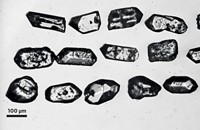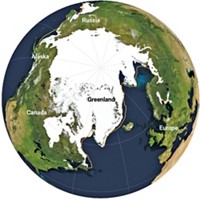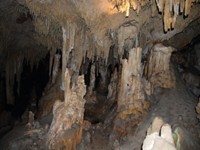Advertisement
Grab your lab coat. Let's get started
Welcome!
Welcome!
Create an account below to get 6 C&EN articles per month, receive newsletters and more - all free.
It seems this is your first time logging in online. Please enter the following information to continue.
As an ACS member you automatically get access to this site. All we need is few more details to create your reading experience.
Not you? Sign in with a different account.
Not you? Sign in with a different account.
ERROR 1
ERROR 1
ERROR 2
ERROR 2
ERROR 2
ERROR 2
ERROR 2
Password and Confirm password must match.
If you have an ACS member number, please enter it here so we can link this account to your membership. (optional)
ERROR 2
ACS values your privacy. By submitting your information, you are gaining access to C&EN and subscribing to our weekly newsletter. We use the information you provide to make your reading experience better, and we will never sell your data to third party members.
Physical Chemistry
Ancient Helium Escapes From Yellowstone
Isotope analysis shows gas’s origins older than indicated by common models
by Mitch Jacoby
February 24, 2014
| A version of this story appeared in
Volume 92, Issue 8
With a natural abundance exceeding 99.999%, 4He is pretty much the only game in helium town. Yet variations in 3He levels released from rock formations reveal plenty about an area’s geological history. Scientists use the 3He/4He isotope ratio to date groundwater and to construct models that describe geological activity. Jacob B. Lowenstern of the U.S. Geological Survey and coworkers measured helium gas emission rates and isotope concentrations at Yellowstone National Park, a geological hot spot famous for its geysers. They report that emission rates of 4He exceed by orders of magnitude the rate at which conventional wisdom indicates that isotope is created in Earth’s crust via α-decay of uranium and thorium (Nature 2014, DOI:10.1038/nature12992). To explain the discrepancy, the team proposes that helium accumulated for hundreds of millions of years in rocks beneath Yellowstone and has been liberated only recently—over the past 2 million years—by intense geological activity.





Join the conversation
Contact the reporter
Submit a Letter to the Editor for publication
Engage with us on Twitter